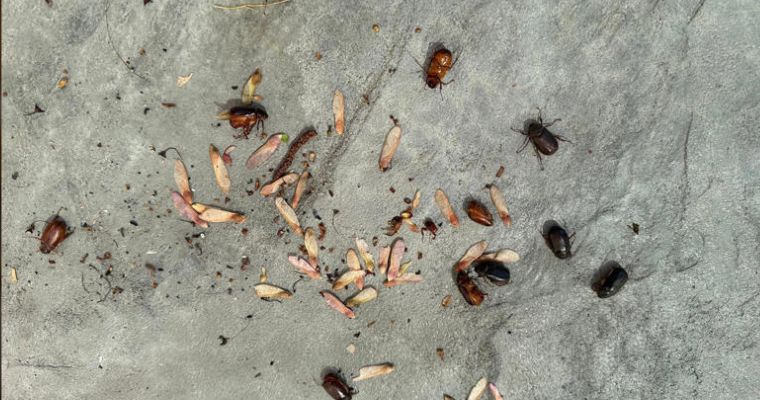
June bugs, while innocuously named, can be a significant nuisance, particularly as they amass in large numbers around homes, entangle themselves in hair, and damage lawns and gardens.
Despite their name, June bugs are often spotted as early as April, particularly in regions like Houston where their populations are burgeoning. This is evidenced by numerous social media reports of early sightings.
These beetles are typically active throughout the summer, frequenting gardens and being drawn to outdoor lighting.
Understanding June Bugs: June bugs, or June beetles, encompass a variety of scarab beetles that share similar size and biological traits. They are also known regionally as May bugs or “screen-thumpers.” These insects range in color from reddish-brown to black and can sometimes exhibit a shiny green and bronze hue. Typically, they grow to about half an inch to an inch in length.
Are June Bugs a Threat? Fortunately, June bugs pose no direct threat to humans. “They may pinch if provoked, but their jaws are quite weak,” explains Avery Russell, Assistant Professor of Biology at Missouri State University. The sensation is more ticklish due to their small claws, rather than painful. David Coyle, Assistant Professor of Forest Health and Invasive Species at Clemson University, reassures that these bugs are harmless to both humans and pets, noting their historical significance in Egyptian culture as symbols of renewal and rebirth.
Why the Name ‘June Bug’? The term “June bug” is somewhat misleading as these beetles often appear in late spring. The name likely derives from their visible emergence from the soil around May or June, as they begin their life cycle feeding on grass and plant roots.
Habitat and Diet: June bugs are ubiquitous wherever there is vegetation such as turf grass, ornamentals, and various crops. They spend the majority of their life underground, emerging to feed on plants and congregate around lights during the evening hours.
Managing June Bug Infestations: Before taking action, it’s crucial to confirm a June bug infestation, typically indicated by damage to grass and patches of dead turf. Local pest control services can offer professional assistance, or homeowners may opt for DIY methods like deterrent sprays, specialized lights for attracting and killing insects, or commercial beetle traps.
To prevent these pests from damaging your lawn, the best strategy is to create an environment that discourages their larvae from thriving, such as maintaining a healthy, well-seeded lawn.
By understanding more about these seasonal pests and employing effective strategies, you can minimize the impact of June bugs on your outdoor space.




